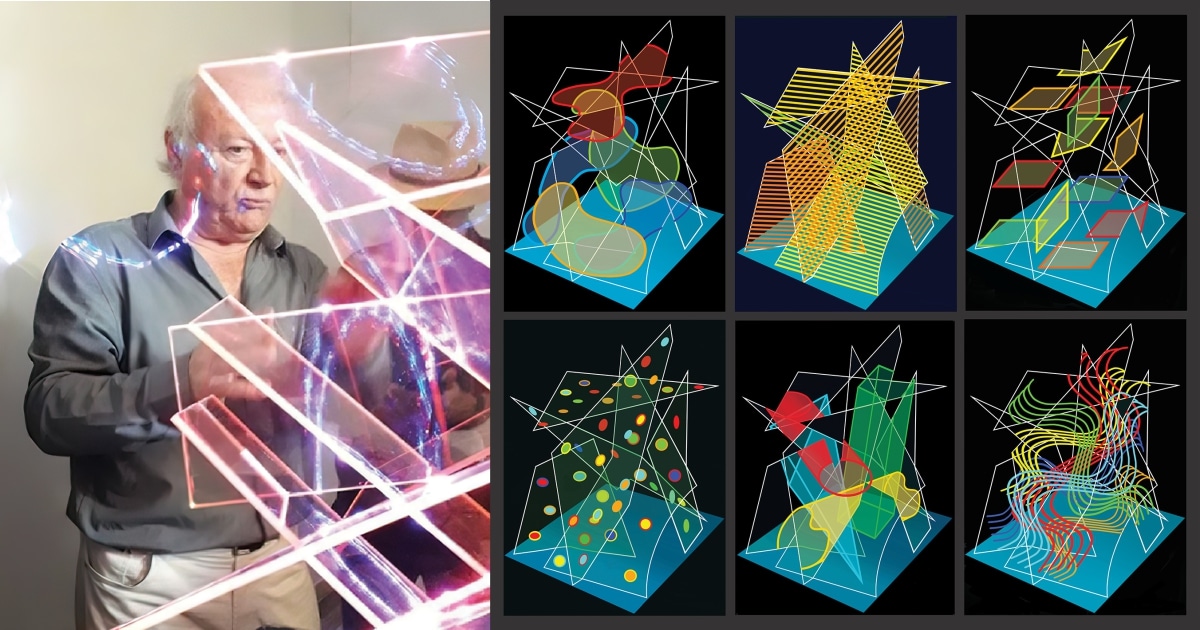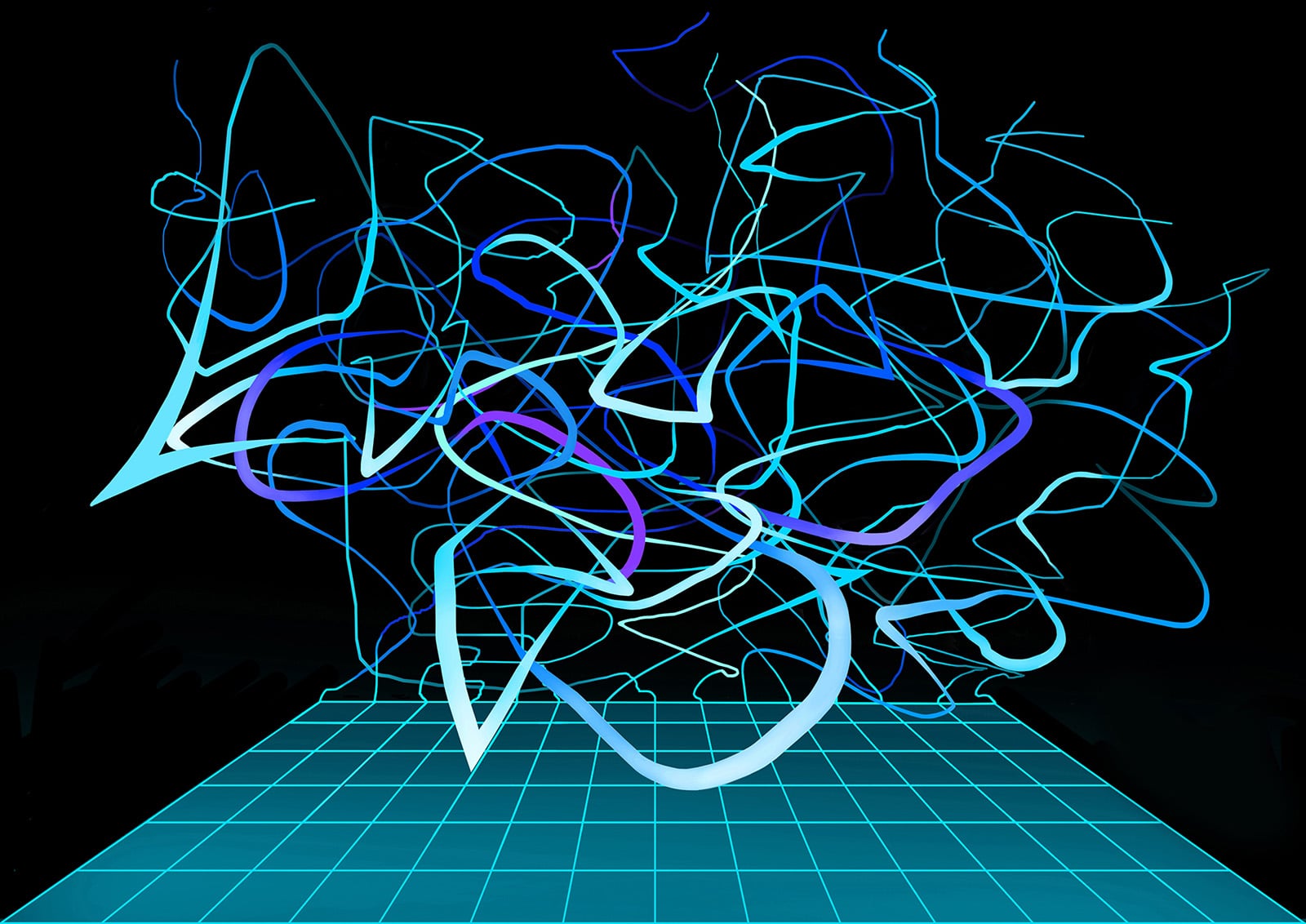Unlocking the Philosophy Behind András Mengyán’s Mesmerizing Acrylic Paintings
Embark on a journey to explore the captivating acrylic paintings of artist András Mengyán. His profound philosophy of Vision in Motion, Multi-Viewpoint of Vision, Simultaneous Vision, and Relative Thinking is reflected in his artwork, filled with vibrant colors, geometric forms, and intricate patterns. Mengyán’s creations offer a unique perspective that can only be fully appreciated by viewing them. Discover the hidden messages within his masterpieces as we delve deeper into the philosophy behind his art.
András Mengyán believes in the philosophy of Vision in Motion, Multi-Viewpoint of Vision, Simultaneous Vision, and Relative Thinking. He thinks that to comprehend his works fully, and one must delve into the principles and thoughts behind them. According to Mengyán, understanding these principles and ideas is crucial in creating personal visual responses and expanding one’s visual vocabulary. He also believes that principles can be transformed into any form of professional expression, which makes his works a testament to the adaptability and versatility of art.
Through his philosophy, Mengyán challenges viewers to question their own perceptions and explore the potential of art beyond its traditional boundaries. His works showcase his mastery of lines, colors, and light to create intricate patterns, geometrical forms, and vibrant imagery. These mesmerizing acrylic paintings reflect his unique artistic perspective and are a testament to his innovative approach to art.
András Mengyán’s acrylic paintings go beyond mere aesthetics, showcasing a philosophical outlook toward life. Influenced by his Vision in Motion philosophy, Mengyán presents a distinct perspective on the world through his art. This philosophy emphasizes the importance of perceiving objects and forms in motion as a crucial aspect of understanding reality. With this concept in mind, Mengyán creates paintings that captivate our sense of vision as the lines and colors interact, giving the impression of movement.
Another recurring theme in Mengyán’s work is the multi-viewpoint of vision. He believes that every individual sees things from their own perspective and that no two perspectives are the same. In his paintings, he often incorporates multiple viewpoints, presenting an alternative view of the world. The viewer is left to ponder on the idea of how subjective each of our experiences genuinely is.
Simultaneous vision is another central theme in Mengyán’s work. It suggests that our mind processes multiple things simultaneously, resulting in a unique perception of reality. In his paintings, he often incorporates multiple layers of imagery that overlap and interact with each other. This results in a dynamic visual experience that differs for each viewer.
Relative thinking is the final theme in Mengyán’s paintings. He believes that nothing exists in isolation and that everything is relative. This philosophy is reflected in his use of colors, which dynamically interact with each other. As a result, the colors constantly shift, and the viewer is left to question their perception of the work.
András Mengyán’s mesmerizing acrylic paintings may leave the viewer in awe of the complex patterns, geometrical forms, and vibrant colors and light. But behind these visually striking works lies a deeper philosophy that gives his paintings meaning beyond mere aesthetics.
Mengyán’s art captures the continuous evolution of life with its many viewpoints and perspectives. His paintings reflect this philosophy through dynamic forms and shapes that create a sense of motion and change over time.
Mengyán’s artwork delves into the idea of perception and how our individual experiences and perspectives shape our view of the world. By utilizing light and color, he produces paintings that transform depending on the observer’s position and angle, encouraging viewers to reflect on their perceptions and comprehension of the world.
The essence of Mengyán’s paintings is their ability to inspire curiosity and reflection on the nature of reality and how we perceive it. He employs patterns, colors, and light to encourage us to delve into our perspectives and appreciate life’s intricate and beautiful process.

Viviana Puello
Editor-in-Chief




















0 Comments